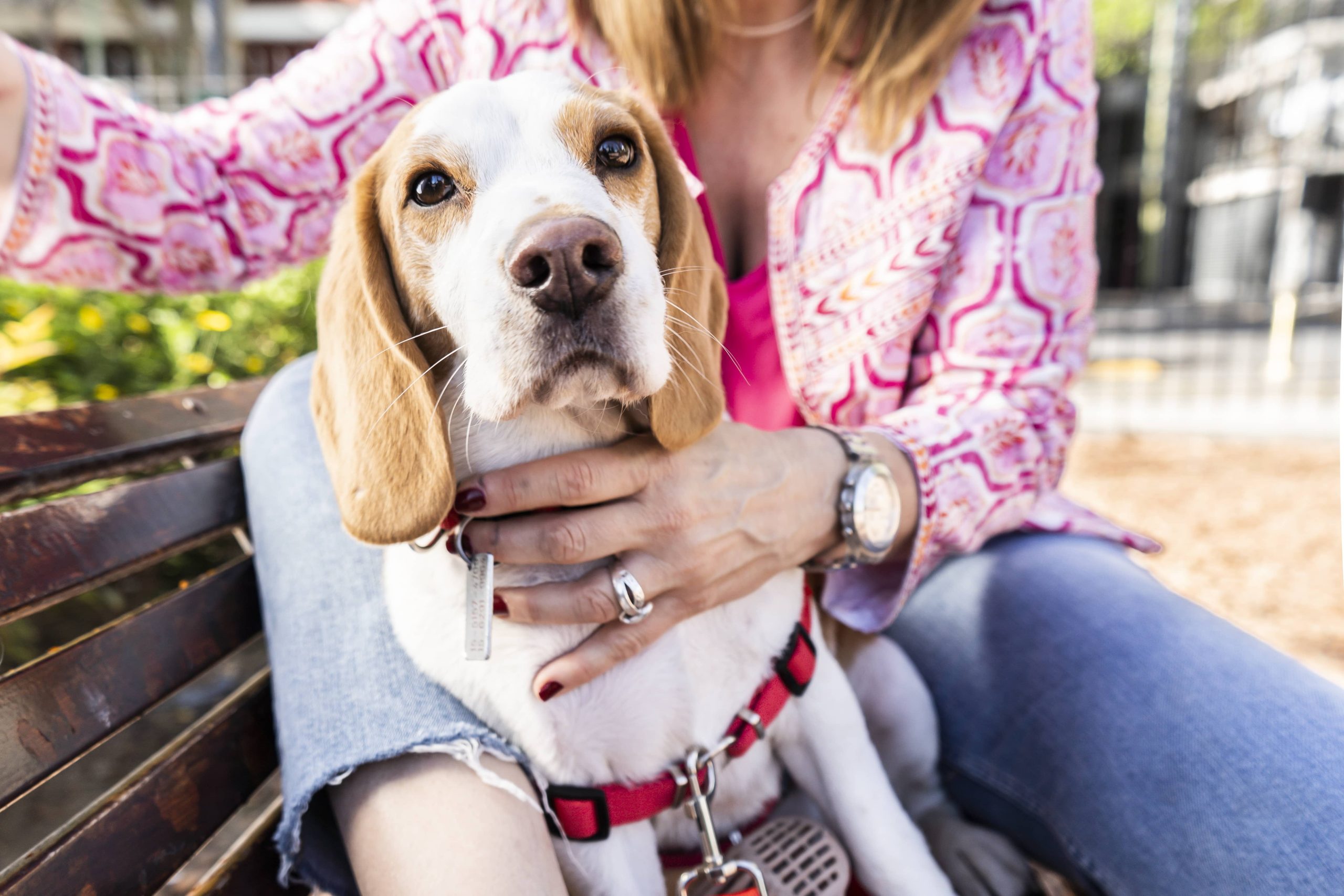
Bringing a rescue pet into your home is an exhilarating and rewarding experience. Not only are you offering a second chance to an animal in need, but you are also adding a new, loving member to your family. However, preparing your home for a rescue pet involves planning, patience, and a few key steps to ensure a smooth transition for your new furry friend. Here’s a comprehensive guide to help new pet parents get ready for their new addition.
1. Research and Choose the Right Pet
Before bringing home a rescue pet, it’s crucial to do some research to determine the right kind of pet for your home and lifestyle. Each breed has different needs, energy levels, and temperaments. Spend some time assessing:
– Amount of space available in your home.
– Your daily and weekly schedule.
– Activity level and how much exercise you can provide.
– Any allergies or sensitivities in your household.
– Financial readiness for pet-related expenses.
A good match means not just choosing a pet for its looks but understanding the responsibilities and requirements for their care and well-being.
2. Visit the Veterinarian
A visit to a vet is an essential step before bringing in a rescue pet. If possible, have the rescue organization provide any existing medical records. A veterinarian can:
– Conduct a general health checkup.
– Vaccinate your pet if needed.
– Offer advice on diet, nutrition, and exercise.
– Provide insights on potential medical issues common to certain breeds.
3. Pet-Proof Your Home
Pet-proofing your home is much like baby-proofing. Rescue pets, especially those not accustomed to being indoors, can be curious and potentially hazardous to themselves. Here’s what you need to consider:
– Remove Hazards: Secure electrical cords, keep harmful chemicals, medications, and plants out of reach.
– Secure Your Belongings: Store away valuable or fragile items that could be knocked over.
– Safety Gates: Invest in safety gates if certain areas of the house need to be off-limits.
– Escape Routes: Check for and secure any small spaces where a pet could hide or escape.
4. Create a Comfort Zone
Your new pet needs a designated space to call their own, especially when they’re first adjusting to their new environment. This comfort zone should include:
– A comfortable bed or crate.
– Access to fresh water at all times.
– Favorite toys and a blanket for a sense of security.
– A litter box for cats or designated potty area for dogs.
5. Gather Supplies
Make sure you have all the essential supplies before bringing your rescue pet home. Some must-haves include:
– Food and water bowls.
– High-quality pet food.
– A sturdy leash and collar.
– Identification tags with your contact information.
– Grooming supplies like brushes, nail clippers, and shampoo.
– A basic first-aid kit for minor injuries and emergencies.
6. Routine and Schedule
Establishing a routine and schedule is crucial for your rescue pet’s adjustment. Pets, especially dogs, thrive on consistency and structure. Begin with:
– Regular feeding times.
– Scheduled bathroom breaks or litter changes.
– Exercise and play sessions.
– Training and socialization activities.
Make an effort to stick to the schedule as closely as possible, as this will help your pet feel secure and understand what is expected of them.
7. Training and Boundaries
Training is fundamental to ensure your rescue pet learns good behavior and integrates well into your home. Start with basic commands for dogs such as sit, stay, and come. Positive reinforcement techniques such as treats and praise go a long way in effective training.
For cats, litter training is usually straightforward, but ensuring they have scratching posts and appropriate climbing furniture can save your furniture.
Consistency is key. Set clear boundaries from day one and enforce them with positive reinforcement. This helps in setting expectations and prevents future behavioral issues.
8. Socialization
Socializing your pet is crucial, particularly if they’re a rescue who might have experienced trauma or neglect. Introduce them to new people, pets, and environments gradually to build their confidence.
– Arrange controlled meet-ups with other pets.
– Expose them to varied environments, such as parks or pet-friendly stores.
– Reward them for calm and friendly behavior with treats and praise.
Patience and a gradual approach are vital, as some rescue pets may have anxiety or fear-based responses.
9. Patience and Understanding
Understand that rescue pets may come with a history of neglect, abuse, or trauma. They might exhibit:
– Anxiety or fearfulness.
– Difficulty trusting new people.
– Hesitance in new environments or situations.
Patience is essential. Allow them to acclimate at their own pace, offer plenty of affection, and refrain from forcing interactions. The bond will strengthen over time as they learn they are safe and loved in their new home.
10. Connect with the Community
Joining a pet community can provide valuable support and resources. Engage with other pet adopters, either online or through local groups, to share experiences, seek advice, and build a network of support.
– Consider joining local pet groups or attending community events.
– Participate in online forums and social media groups.
– Seek recommendations for pet services like vet care, grooming, or training.
Conclusion
Rescue pets bring immeasurable joy and love into our lives, but it’s up to us to make their transition as smooth and nurturing as possible. By taking the time to prepare your home, establish a routine, and offer patience and understanding, you build a foundation for a strong, loving relationship with your new furry family member.
Rescue pets might come with a history, but they fill the future with endless love, companionship, and cherished memories. Welcome your new pet with an open heart, and enjoy the journey of love and companionship together.






